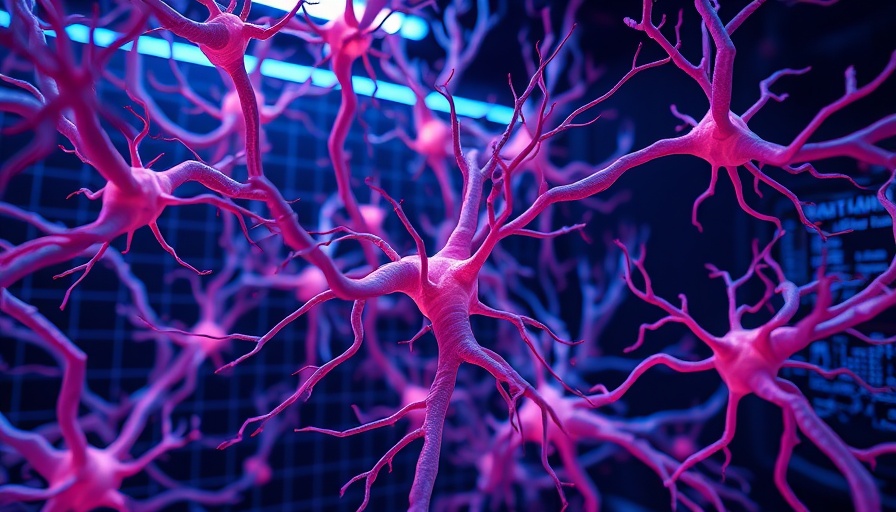
Revolutionizing ALS Research with Cultured Nerve Tissue
Recent breakthroughs in medical research have unveiled the potential of cultured nerve tissue in advancing studies related to Amyotrophic Lateral Sclerosis (ALS). As a devastating neurodegenerative disorder, ALS affects motor neurons, leading to muscle weakness and paralysis, ultimately shortening the lifespan of those diagnosed. The average survival after diagnosis is about four years, making the urgency for effective treatments even more critical.
3D Printing and Organoids: A New Frontier
Researchers at Uppsala University have made significant strides by utilizing 3D printing technology to create organoids that mimic human nerve tissue. These organoids, which consist of motor neurons derived from human skin cells, provide a unique platform for precision medicine, allowing for the testing of new therapies in a controlled environment. According to Elena Kozlova, the lead author of the study, this method marks a pivotal change in how treatments are developed, particularly for neural conditions like ALS.
The Science Behind Cultured Nerve Tissue
The study, published in the International Journal of Bioprinting, emphasized the methodical construction of motor neuron organoids. By mixing skin-derived stem cells with a specialized bioink—soft gelatin for 3D printing—the team successfully structured the tissue to enhance cell survival and growth. Notably, advancement has been achieved where neurites now grow both on the surface and within the bioink, promoting a more robust neural network.
Exploring the Future of ALS Treatment
The implications of this research extend beyond laboratory boundaries and into the clinic. With the ability to create organoids from individual patients, tailored treatment plans can be developed, labeled as a centerpiece in the evolving field of personalized medicine. As drug efficacy testing moves away from animal models, this method serves to bridge the gap between laboratory research and patient-specific solutions.
The Need for Continued Research
While this groundbreaking research offers a hopeful leap forward, it still highlights the critical need for ongoing studies in the field of ALS. Despite some existing therapies designed to slow disease progression, a comprehensive cure remains elusive. Investing in innovative research pathways—like the development of cultured nerve tissues—could bring transformative changes in how we approach ALS and other neurodegenerative diseases.
This research serves as a powerful reminder of the intersection between technology and health. The innovations in bioprinting and nerve tissue cultivation can potentially catalyze breakthroughs that might eventually alleviate the challenges faced by ALS patients. As we move forward, advocacy for more research funding and support is paramount to sustaining this momentum.
 Add Row
Add Row  Add
Add 




Write A Comment